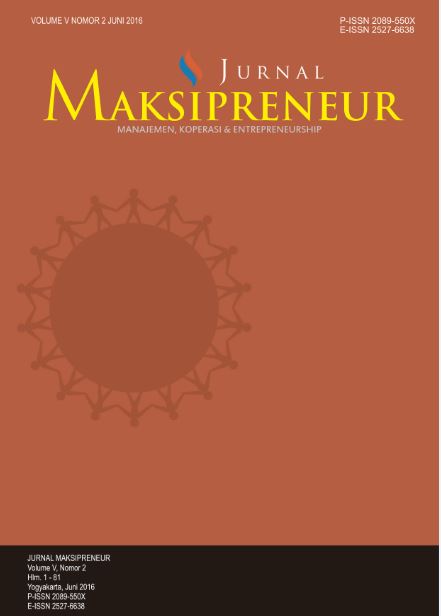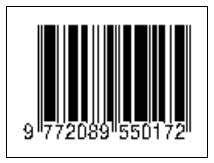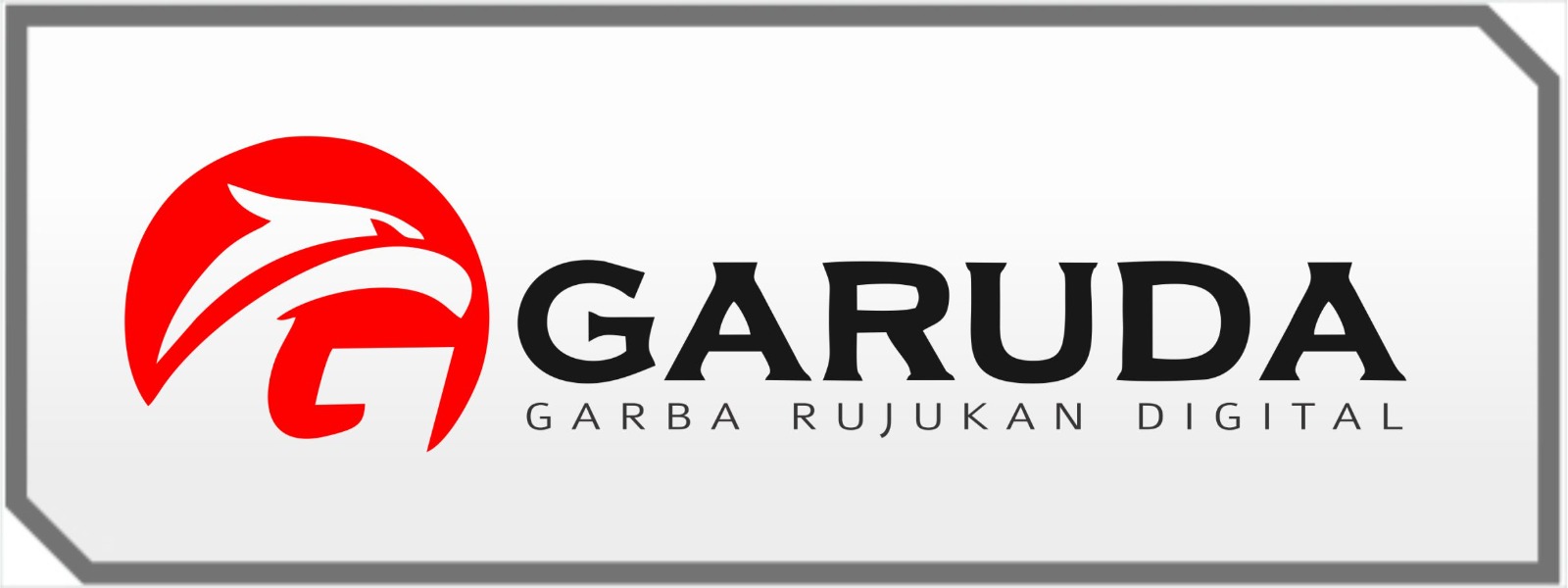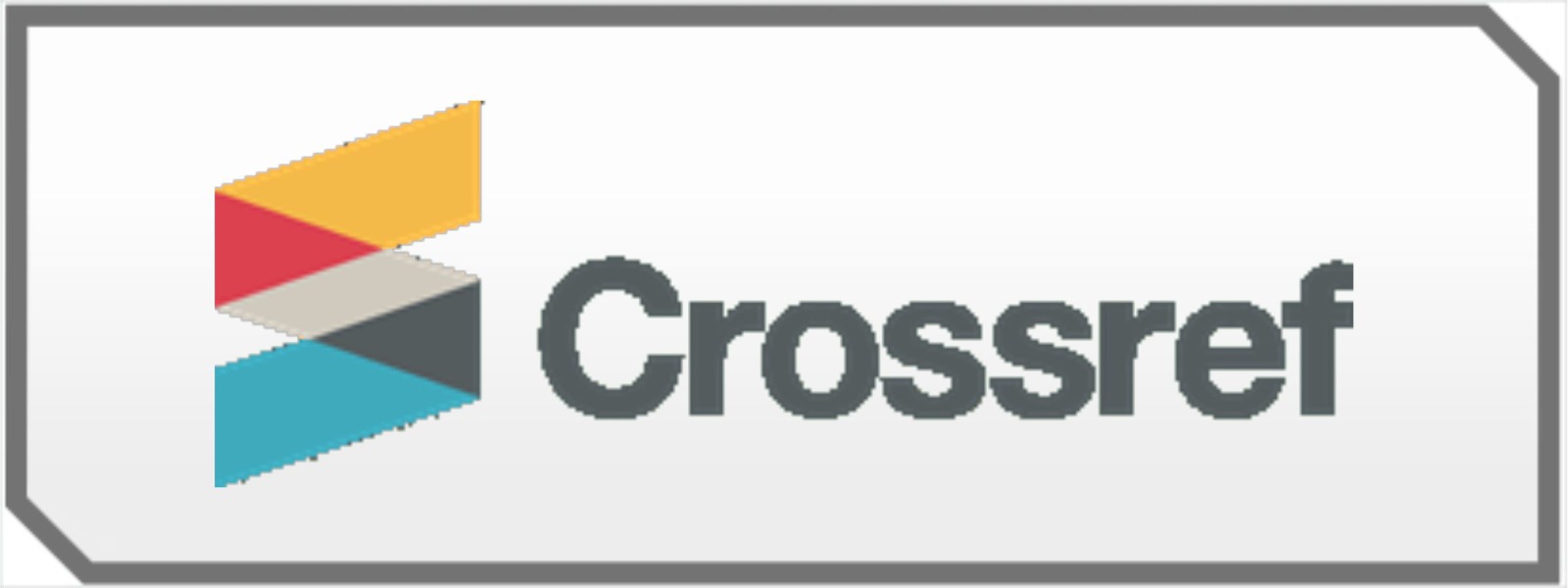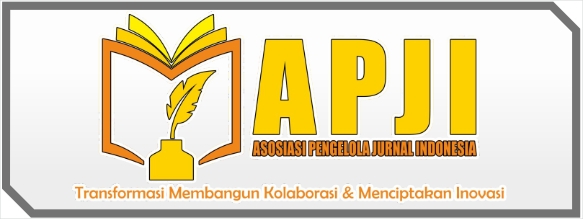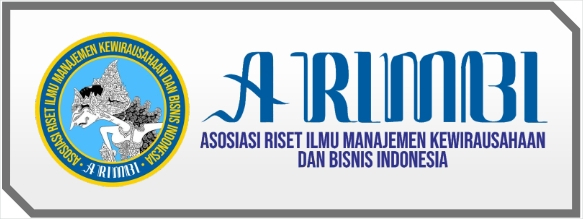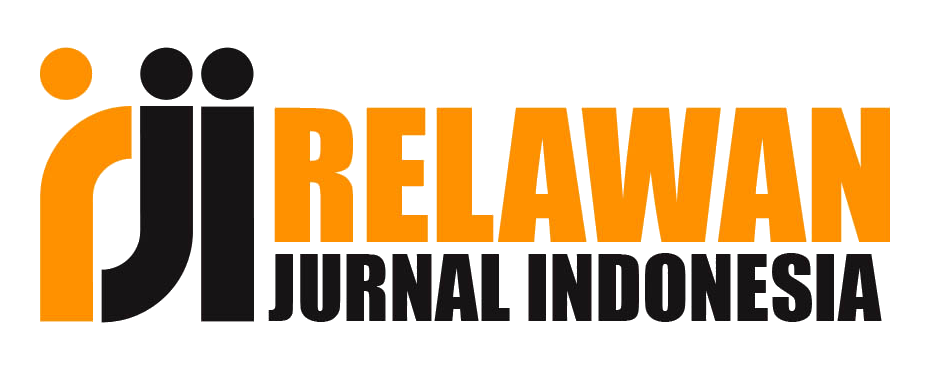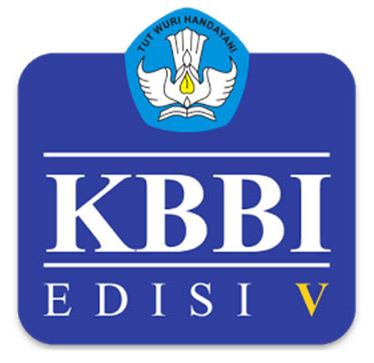Pengaruh Webrooming terhadap Confident, Smart Shopping Feeling, User-generated Content, dan Search Process Satisfaction
DOI:
https://doi.org/10.30588/jmp.v11i1.881Keywords:
Webrooming, Confident, Smart shopping feeling, User-generated content, Search process satisfactionAbstract
Recently, many people are switching from conventional shopping to digital shopping. even so, people feel that online shopping is less secure. Finally, many consumers search for information through the internet before shopping at brick and mortar stores. This study investigates how webrooming affects consumers’ experience and determines the effect of webrooming on consumer confidence, smart shopping feeling, user-generated content, and search process satisfaction in the beauty industry. The population in this study were all the beauty industry consumers who experience webrooming in the shopping process. The total sample used in this study was 166 people using purposive sampling. The result obtained from this study finds that webrooming has a significant and positive effect on confidence, smart shopping feeling, user-generated content. Both factors, confidence and smart shopping feeling subsequently significant and have a positive effect on search process satisfaction.References
Annur, C. M. (2019). Google Ungkap Pencarian tentang Kecantikan Naik 30% Tahun Ini. Katadata, Digital, 19 Desember. Diakses tanggal 15 Januari 2021 di https://katadata.co.id/marthathertina/digital/5e9a4c3e10e69/google-ungkap-pencarian-tentang-kecantikan-naik-30-tahun-ini.
Arora, S., & Sahney, S. (2019). Examining Consumers’ Webrooming Behavior: An Integrated Approach. Marketing Intelligence and Planning, 37(3), 339–354. https://doi.org/10.1108/MIP-05-2018-0152.
Atkins, K.G., & Kim, Y-. K. (2012). Smart shopping: Conceptualization and Measurement. International Journal of Retail & Distribution Management, 40(5), 360–375 https://doi.org/10.1108/09590551211222349.
Berger, J. (2014). Word of Mouth and Interpersonal Communication: A Review and Directions for Future Research. Journal of Consumer Psychology, 24(4), 586–607. https://doi.org/10.1016/j.jcps.2014.05.002.
Colicev, A., Kumar, A., & O’Connor, P. (2019). Modeling the Relationship between Firm and User-generated Content and the Stages of the Marketing Funnel. International Journal of Research in Marketing, 36(1), 100–116. https://doi.org/10.1016/j.ijresmar.2018.09.005.
Darke, P. R., & Dahl, D. W. (2003). Fairness and Discounts: The Subjective Value of a Bargain. Journal of Consumer Psychology, 13(3), 328–338. https://doi.org/10.1207/S15327663JCP1303_13.
Daugherty, T., Eastin, M. S., & Bright, L. (2008). Exploring Consumer Motivations for Creating User-Generated Content. Journal of Interactive Advertising, 8(2), 16–25. https://doi.org/10.1080/15252019.2008.10722139.
Devinder, P. S. (2014). Online Shopping Motivations, Information Search, and Shopping Intentions in an Emerging Economy. East Asian Journal of Business Management, 4(3), 5–12. https://doi.org/10.13106/eajbm.2014.vol4.no3.5.
Flavian, C., Gurrea, R., & Orús, C. (2016). Choice Confidence in the Webrooming Purchase Process: The Impact of Online Positive Reviews and the Motivation to Touch. Journal of Consumer Behaviour, 50(October), 35–50. https://doi.org/10.1002/cb.
Flavián, C., Gurrea, R., & Orús, C. (2019). Feeling Confident and Smart with Webrooming: Understanding the Consumer’s Path to Satisfaction. Journal of Interactive Marketing, 47, 1–15. https://doi.org/10.1016/j.intmar.2019.02.002.
Flavián, C., Gurrea, R., & Orús, C. (2020). Combining Channels to Make Smart Purchases: The Role of Webrooming and Showrooming. Journal of Retailing and Consumer Services, 52(January), 1–11. https://doi.org/10.1016/j.jretconser.2019.101923.
Ghozali, I. (2011). Aplikasi Analisis Multivariate dengan Program SPSS. Semarang: Badan Penerbit Universitas Diponegoro.
Heitmann, M., Lehmann, D. R., & Herrmann, A. (2007). Choice Goal Attainment and Decision and Consumption Satisfaction. Journal of Marketing Research, 44(2), 234–250. https://doi.org/10.1509/jmkr.44.2.234.
Herrero, Á., Martín, H. S., & Garcia-De los Salmones, M. d. M. (2017). Explaining the Adoption of Social Networks Sites for Sharing User-generated Content: A Revision of the UTAUT2. Computers in Human Behavior, 71(June), 209–217. https://doi.org/10.1016/j.chb.2017.02.007.
Kang, J. Y. M. (2018). Showrooming, Webrooming, and User-generated Content Creation in the Omnichannel Era. Journal of Internet Commerce, 17(2), 145–169. https://doi.org/10.1080/15332861.2018.1433907.
Kozup, J. C., Creyer, E. H., & Burton, S. (2003). Making Healthful Food Choices: The Influence of Health Claims and Nutrition Information on Consumers’ Evaluations of Packaged Food Products and Restaurant Menu Items. Journal of Marketing, 67(2), 19–34. https://doi.org/10.1509/jmkg.67.2.19.18608.
Lemon, K. N., & Verhoef, P. C. (2016). Understanding Customer Experience Throughout the Customer Journey. Journal of Marketing, 80(6), 69–96. https://doi.org/10.1509/jm.15.0420.
Maharsi, D. A. P. (2012). Perilaku Penemuan Informasi untuk Berbelanja Online (Studi Kualitatif tentang Perilaku Penemuan Informasi Produk dan Gaya Hidup Berbelanja Online di Kalangan Wanita Pekerja di Sektor Swasta di Kota Surabaya). Ilmu Informasi dan Perpustakaan Fisip Unair, 1–18.
Mangkuto, W. S. (2019). Raup Triliunan Rupiah, Industri Kecantikan Sasar Kaum Pria. CNBC Indonesia, Lifestyle, 20 Mei. Diakses tanggal 15 Januari 2021 di https://www.cnbcindonesia.com/lifestyle/20190520114508-33-73539/raup-triliunan-rupiah-industri-kecantikan-sasar-kaum-pria/2.
Mothersbaugh, D. L., & Hawkins, D. I. (2015). Consumer Behavior: Building Marketing Strategy. 13th Edition. New York: McGraw-Hill Education.
Nielsen.com (2019). E-commerce: The Next Frontier, Thrive in the World of New Retail. Nielsen. Diakses tanggal 15 Januari 2021 di https://www.nielsen.com/wp-content/uploads/sites/ 3/2019/04/ ECom_the_next_frontier.pdf
Nurhayati, N. (2014). Pengembangan Program Bimbingan Karir Berbasis Teori Karir Holland. Thesis. Pendidikan Psikologi dan Bimbingan, Universitas Pendidikan Indonesia.
Oum, S., & Han, D. (2011). An Empirical Study of the Determinants of the Intention to Participate in User-created Contents (UCC) Services. Expert Systems with Applications, 38(12), 15110–15121. https://doi.org/10.1016/j.eswa.2011.05.098.
Putri, A. S. (2020). Usia Berapa Perempuan Sudah Mulai Menggunakan Makeup dan Produk Skincare?. Fimela, Beauty, 23 Januari. Diakses tanggal 15 Januari 2021 di https://www.fimela.com/beauty/read/4161333/usia-berapa-perempuan-sudah-mulai-menggunakan-makeup-dan-produk-skincare.
Rodríguez-Torrico, P., Cabezudo, R. S. J., & Martín, S. S. (2017). Tell me what they are like and I will tell you where they buy: An Analysis of Omnichannel Consumer Behavior. Computers in Human Behavior, 68, 465–471. https://doi.org/10.1016/j.chb.2016.11.064.
Schindler, D. W. (1998). Replication versus Realism: The Need for Ecosystem-scale Experiments. Ecosystems, 1(4), 323–334. https://doi.org/10.1007/s100219900026.
Smith, J. (2015). 3 Ways Brick-and-Mortar Stores can Win at Webrooming. Multichannel Merchant. Diakses tanggal 15 Januari 2021 di http://multichannelmerchant.com/ecommerce/3-ways-brick-and-mortar-storescan-win-atwebrooming-03082015.
Sugiyono, S. (2010). Metode Penelitian Kuantitatif, Kualitatif, dan R&D. Bandung: CV Alfabeta.
Syah, M. (2010). Psikologi Pendidikan dengan Pendekatan Baru. Bandung: PT. Remaja Rosdakarya.
van Bruggen, G. H., Antia, K. D., Jap, S. D., Reinartz, W. J., & Pallas, F. (2010). Managing Marketing Channel Multiplicity. Journal of Service Research, 13(3), 331–340. https://doi.org/10.1177/1094670510375601.
Wilson, A., Murphy, H., & Fierro, J. C. (2012). Hospitality and Travel: The Nature and Implications of User-Generated Content. Cornell Hospitality Quarterly, 53(3), 220–228. https://doi.org/10.1177/1938965512449317.
Yadav, M. S., & Pavlou, P. A. (2014). Marketing in Computer-mediated Environments: Research Synthesis and New Directions. Journal of Marketing, 78(1), 20–40. https://doi.org/10.1509/jm.12.0020.
Downloads
Additional Files
Published
How to Cite
Issue
Section
License
Authors who publish with Jurnal Maksipreneur agree to the following terms:
Authors retain copyright and grant the Jurnal Maksipreneur right of first publication with the work simultaneously licensed under a Creative Commons Attribution 4.0 International License that allows others to share (copy and redistribute the material in any medium or format) and adapt (remix, transform, and build upon the material) the work for any purpose, even commercially with an acknowledgment of the work's authorship and initial publication in Jurnal Maksipreneur.
Authors are able to enter into separate, additional contractual arrangements for the non-exclusive distribution of the journal's published version of the work (e.g., post it to an institutional repository or publish it in a book), with an acknowledgment of its initial publication in Jurnal Maksipreneur. Authors are permitted and encouraged to post their work online (e.g., in institutional repositories or on their website) prior to and during the submission process, as it can lead to productive exchanges, as well as earlier and greater citation of published work (See The Effect of Open Access).


